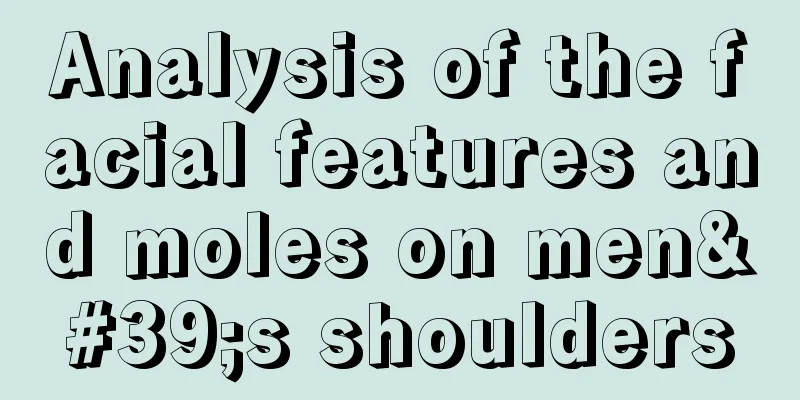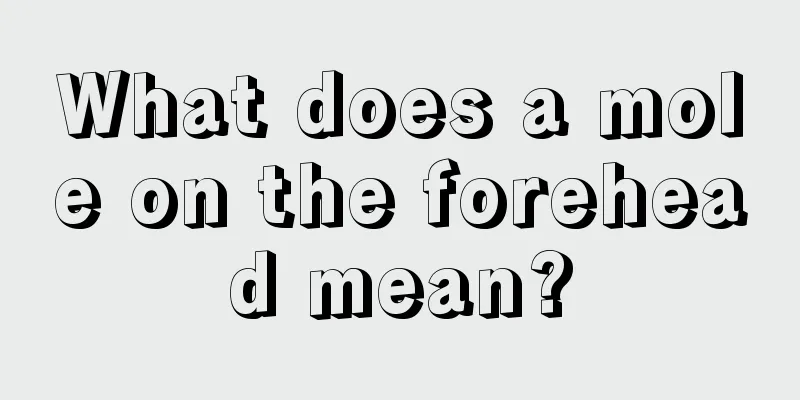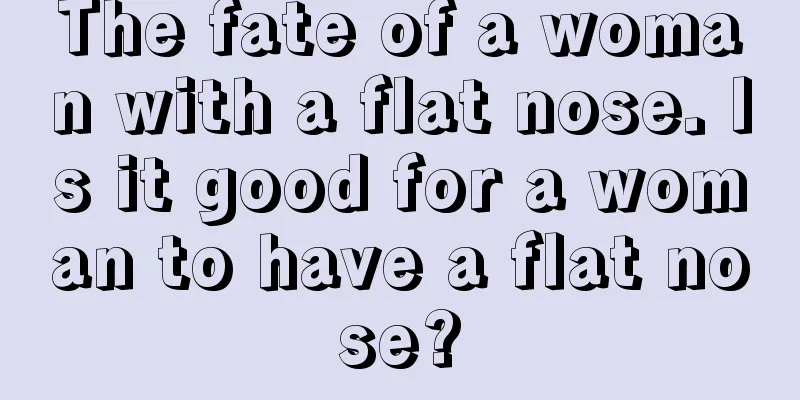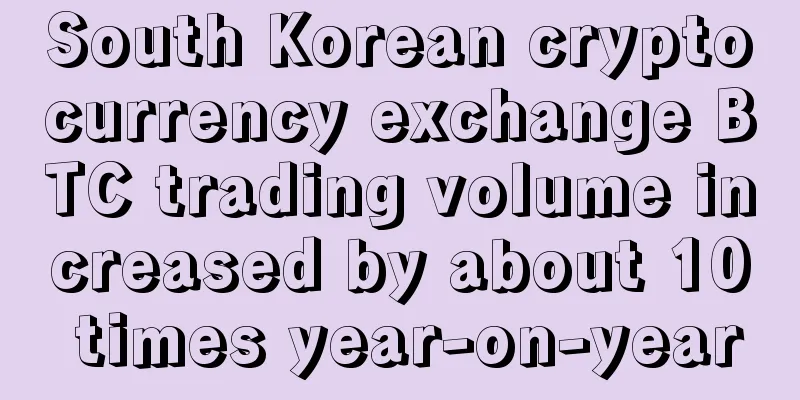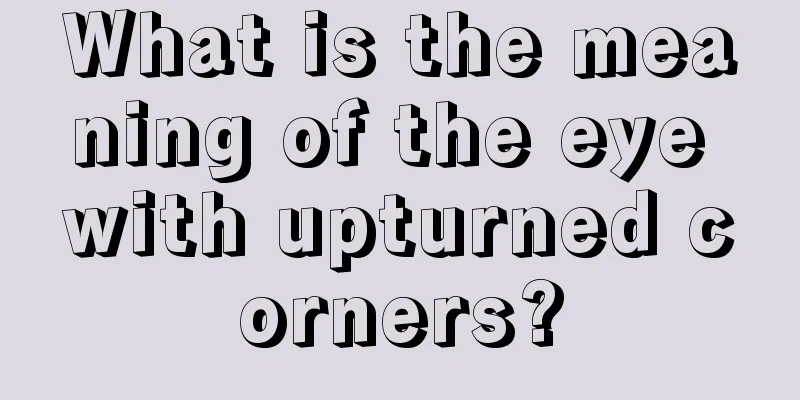Analyst: Bubbles can be seen everywhere from Bitcoin to art

For global central banks, if the challenge in the past decade was how to deal with the financial crisis and implement various forms of monetary easing policies, then the biggest challenge in the next few years will be how to "treat" the sequelae left by the massive money printing in previous years. Neil MacKinnon, global macro strategy analyst at VTB Capital, told CNBC, a US financial media, that there are typical bubble signals in some assets, and the culprit for these bubbles is the "crazy" money printing by global central banks in recent years:
But MacKinnon believes that the banking sector has ample liquidity and is not at high risk. However, the risk may come from the current historically low volatility. For most of 2017, the volatility index (VIX) was below the historical average of 20. Bitcoin has dominated financial news headlines almost every day this year. Bitcoin's price on London digital trading platform CEX.IO broke through $20,000 over the weekend, but it has not continued to hit new highs this week. As MacKinnon said, the Bitcoin market is witnessing "plunges" more and more frequently. South Korean trading platform Youbit announced on Tuesday that it would file for bankruptcy after being hacked. Since then, Bitcoin has fallen by about 8.6% from its intraday high. After the US Securities and Exchange Commission suspended the trading of a digital currency business company's stock, Bitcoin fell by nearly $1,000 in an hour, a 10% drop on the day. Another digital currency, Litecoin, has surged 7,000% this year. The digital currency market has experienced such dramatic ups and downs that professionals consider it impossible to trade, and many financial tycoons have expressed concerns about the Bitcoin craze. Compared with Bitcoin, the art market, which has a higher threshold, seems to have received less attention, but the enthusiasm of the art market this year is comparable to that of Bitcoin, which can be called a golden age of art. Last weekend in China, a group of paintings by Qi Baishi, "Twelve Landscape Screens", were sold at a "sky-high price" of 931.5 million yuan. Last month, Leonardo da Vinci's painting "Salvator Mundi" was also sold overseas for 450.3 million US dollars (about 2.972 billion yuan), setting a record for the highest price in the history of art auctions. In November this year, the art investment market experienced a crazy week, with transactions exceeding $2 billion in 5 days. Christie's, Sotheby's and Phillips sold paintings by artists such as Leonardo da Vinci, Van Gogh and Andy Warhol, with total revenue including commissions reaching $2.18 billion. At that time, analysts at the auction houses believed that the driving force behind the high auction prices of art may be buyers from Asia, especially from China. |
<<: Is this the next Bitcoin? This digital currency is up 7,000% this year
>>: Coinbase announces full support for Bitcoin Cash (BCH)
Recommend
Is it a good sign for a woman to have thin lips on the top and thick lips on the bottom?
Some people have thin lips, some have thick lips,...
Is it true that women who look like Bodhisattvas die early?
In this big world, there are so many strange thin...
10 billion! Tesla's Bitcoin value revealed, Musk: Not that much, but close
Original title: 10 billion! Tesla's Bitcoin v...
How to tell a loyal woman's face How to tell a loyal woman's face
People have different attitudes towards relations...
Judging from the face, which people are most fond of revisiting the past and brooding over it?
Have you ever met some people in your life who al...
What does a short philtrum mean?
The philtrum is the concave line above the upper ...
Is the face of a person with an overbite a sign of poverty?
There are rich people and poor people in society....
What does a mole on the lower eyelid below the lower eyelashes mean?
Traditional physiognomy covers a wide range, among...
What does a woman who is good at taking care of the household look like?
People spend their whole lives fighting for the sm...
The benefits of a full forehead: facial features, strong aura
When they mention a good face, they usually talk ...
What do many lines on the palm represent? We need to pay attention to it
Some people may be born with more lines on their p...
Credit card giant Visa is reportedly researching Bitcoin and blockchain technology
Visa, the world’s leading credit card processing ...
How to read the fate line in palmistry?
Everyone wants to know what their destiny will be...
Data: Grayscale increased its holdings by 1,525 LINK
Data shows that as of August 2, Eastern Time, the...
Deputy Governor of the Central Bank: Substantial results have been achieved in the rectification work since 2016, avoiding the risk of a large-scale virtual asset bubble
Source: Sina Finance Sina Finance reported on Dec...
